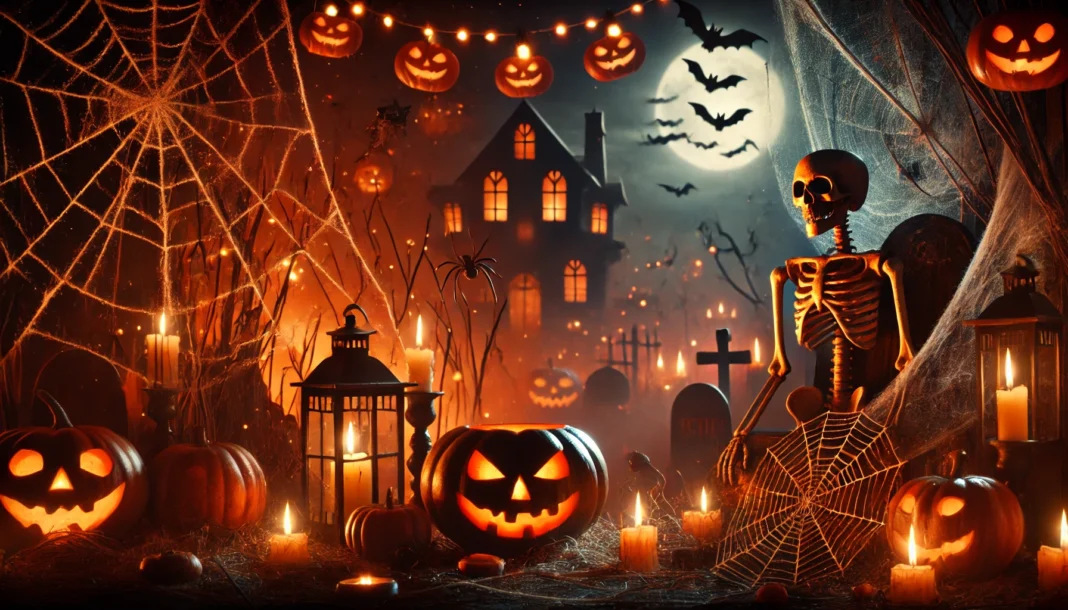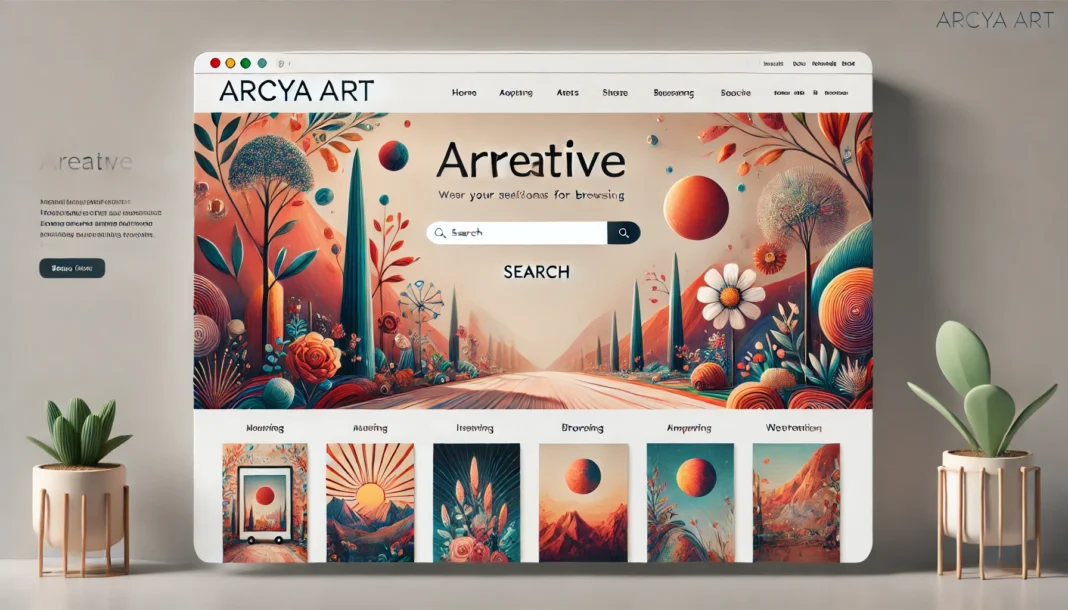If you’ve ever struggled with icon:ucpa_o2fj5k= person, you’re not alone. Many people feel confused or unsure about what it really means. Is it important? Should you pay attention to it? Let’s dive into the nitty-gritty and clear up any confusion right off the bat.
Here’s the thing — we all want simple answers. So, when it comes to understanding icon:ucpa_o2fj5k= person, I’ll break it down for you, step by step, with zero jargon and maximum clarity.
What Is Icon:ucpa_o2fj5k= person?
First things first, you’re probably wondering what icon:ucpa_o2fj5k= person even stands for. It’s a term that can pop up in various contexts, especially online, and may refer to a user profile, avatar, or some form of identification system tied to your digital activities.
But here’s the real kicker—when people come across this, they often get lost in tech-speak. So let’s strip it down and make it clear. If you’re running into icon:ucpa_o2fj5k= person, you’re likely dealing with some sort of icon representation linked to a user’s identity, typically online. Think of it as your digital face that follows you around.
Real-Life Example: My Experience with Icons
I ran into this myself when setting up a new online service. At first glance, it looked like a random string of characters. But digging a little deeper, I realized it was simply a way for the platform to track my profile. The frustration melted away once I understood what I was looking at.
FAQs: Common Questions Around Icon:ucpa_o2fj5k= person
Q: Why do I see icon:ucpa_o2fj5k= person on some websites?
A: This usually indicates a placeholder for a user profile. It’s a way to tag or associate an account with a specific user, often used for backend tracking or identification.
Q: Does it affect my privacy or data?
A: Not really, unless you’re giving away personal info attached to that icon. It’s more like a label for you in the system.
Q: How do I get rid of it?
A: Most of the time, you don’t need to worry about it. If it’s really bothering you, contact the platform’s support team for guidance.
Key Takeaways
- Simple Definition: It’s just an icon that likely represents you in a digital system.
- Don’t Panic: It’s not out to get you or your data, it’s merely a user identifier.
- No Action Needed: If you encounter it, just roll with it—nothing’s broken.
How to Keep Things Simple with Icons
Let’s be honest, dealing with anything technical can be a bit of a headache. But when you come across terms like icon:ucpa_o2fj5k= person, you don’t need to sweat it. Here’s how you can stay on top of things:
- Relax: These are just tools. They’re designed to help, not confuse.
- Focus on What Matters: Your job is to know what it is, not how it works behind the scenes.
- Ask for Help: If you’re still unsure, reach out to customer service.
Bullet Points: Quick Tips for Handling Icon Issues
- Don’t overthink it; most icons like this are for internal purposes.
- Check FAQs or help pages for clarification on what the icon means on that specific platform.
- Reach out for support if the icon prevents you from using the service as expected.
Wrapping It Up
By the end of this, you’ll probably see that icon:ucpa_o2fj5k= person is nothing to stress over. Whether it’s popping up as a random icon or linked to a user account, it’s just a part of your digital life that’s easily managed.
Remember, if you come across icon= person again, it’s not a big deal. Just another label to help systems know who you are. Feel free to reach out if anything seems off, but most of the time, these little symbols aren’t worth sweating over.
And just like that, we’ve demystified icon= person!
Understanding icon= person means you’re better equipped to handle these tech tidbits with confidence.
Bonus: FAQs on Related Topics
Q: How do I manage multiple icons in an online account?
A: Usually, platforms have settings to manage or customize icons. Check the user preferences.
Q: What if I see multiple icons like this in one place?
A: It could be that the platform uses various icons for different user types or roles.
Q: Can I change my icon= person?
A: In most cases, you’ll have limited control over icons like this, as they’re automatically generated. However, you can typically adjust the associated user profile.
Keeping things real and simplifying your digital experience is key. If icon= person shows up, now you know exactly what to do.

